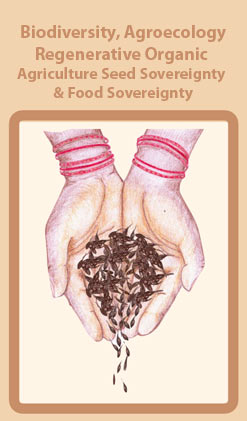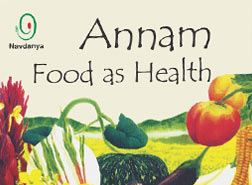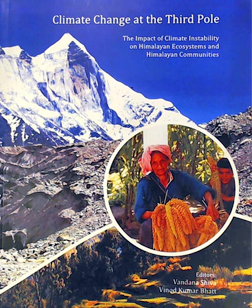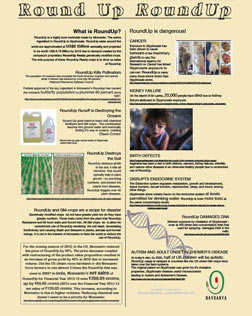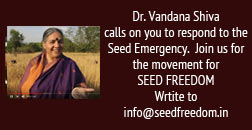
The minister for agriculture, Shri Radha Mohan Singh, released the book Wealth Per Acre by world famous ecologist Dr Vandana Shiva and Dr Vaibhav Singh to mark World Food Day and 2014 as the International Year for Family Farming.
Talking on the occasion, the minister highlighted the government’s vision for improving yields, moving to agro-ecological methods, livestock development and towards thinking ten years ahead of the future to develop mechanisms to combat climate change. “Organic Farming is the traditional system of farming in India. Fertilizer subsidies are leading to over-consumption of fertilizers – a practice that is causing soil degradation.” He gave examples from Punjab. Apart from the north-east, which the government has targeted to turn 100% organic, the minister emphasized that the government is keen on choosing one lakh villages in other regions of the country to promote organic farming.
Speaking as part of the panel, Dr. Haque, Director, Council for Social Development, agreed with the minister in saying that small steps need to be taken to complete the big picture. Dr. Dinesh Kumar, Principal Scientist, IARI, talked about his case study, that showed that organic food is tastier, and more nutritious that non-organic products. The co-author, Dr. Vaibhav Singh, brought out very insightful aspects from the book that throw light on solutions to the ecological, social, and economic crises that has beset agriculture in India. The author is a consultant and research associate at Navdanya, an NGO run Dr. Shiva that promotes organic food.
He urged the audience to think on organic and agro-ecological lines so that there is food for all to eat in India, which is land scarce. Using numbers, he showcased how the government can save significant financial resources by reducing dependence on chemicals and cutting down on subsidies. “The meat and the junk food industry should be heavily taxed. The entire food system should be de-centralised and gram sabhas, gram panchayat and women need to play key roles in food security.”
The book Wealth Per Acre published by Natraj Publishers is the first to draw up the true cost of agriculture in India – to include several hidden costs and negative externalities – like farmer suicides, ecological costs and cost of diseases among others.


